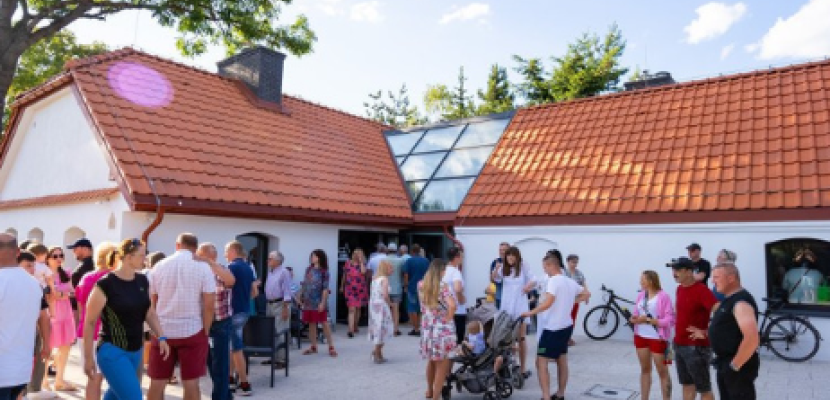
Development of the former monastery Brewery in Węgrów for new service and catering functions.

About this good practice
The project, funded mainly by the Mazovian Voivodeship ROP, addresses the urban degradation in Węgrów, particularly in the historic abandoned brewery and park area. The practice involves conservation renovation of the former brewery buildings for various activities, including service, commercial, catering, social, and cultural initiatives. The primary objective is revitalising the urban space, creating economic opportunities, and enhancing social integration.
It also includes changing the use of common urban spaces, such as the Armii Krajowej city park and its surrounding degraded areas, to concentrate economic activities, generate new jobs and revitalise it. The project is implemented through a conservative renovation, restoration of historical elements, and the addition of connectors between buildings.
The main stakeholders include the Węgrowianka Social Cooperative, which manages the revitalised buildings, and the City of Węgrów, responsible for implementing the project. Beneficiaries encompass the local community, gaining access to new social, cultural, and recreational spaces.
Consultations with the local community are a crucial aspect of the practice, ensuring residents' participation in the revitalisation process.
Resources needed
The project's financial resources totalled over PLN 17 million, with significant contributions from the EU, National Founds, and the Mazovian Voivodeship. Additionally, the resources needed include buildings and spaces requiring development and the community interested in their use.
Evidence of success
The project breathed new life into marginalised areas of Węgrów, creating new job opportunities and improving access to social services and cultural activities. Monitored through annual reports, it positively impacted spatial, social, and economic aspects, contributing to the city's long-term appeal. Data collection encompassing diverse social and economic dimensions and community feedback guides decision-making processes and enables a coherent ongoing impact evaluation.
Potential for learning or transfer
The practice has the potential for learning and transfer because it involves former industrial buildings in a peripheral territory and area. The regeneration process has activated several stakeholders and actors from the business sector and civil society, connecting them in a new vision for the space, able to be a reference for future interventions.
The complementary integration of diverse public funds with the further inclusion of private investments represents a benchmark in the region on designing and planning interventions for building and space regeneration.
The project in Węgrów is an excellent example of good practice due to its multi-aspect nature and community involvement, which can contribute to raising awareness of the social economy. The practice not only addresses the principles of temporary use, but also demonstrates how they can be effectively implemented to benefit the community.